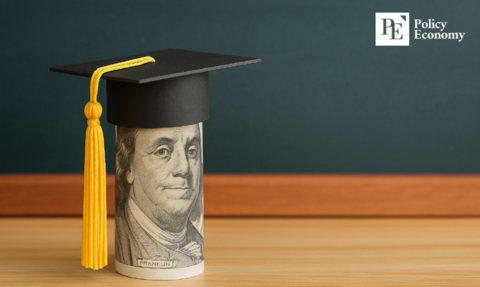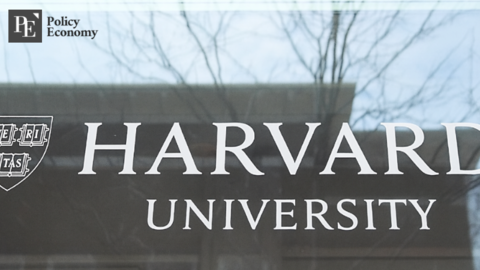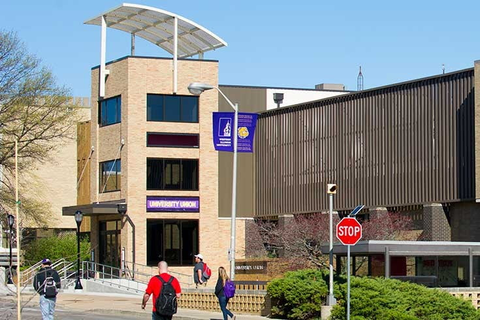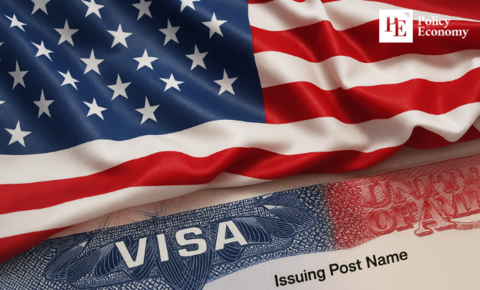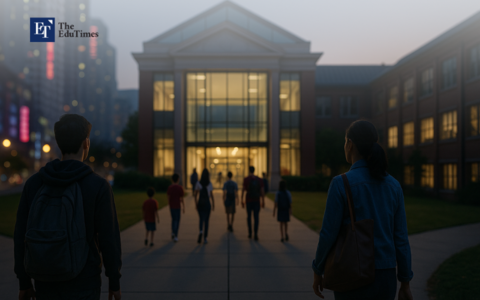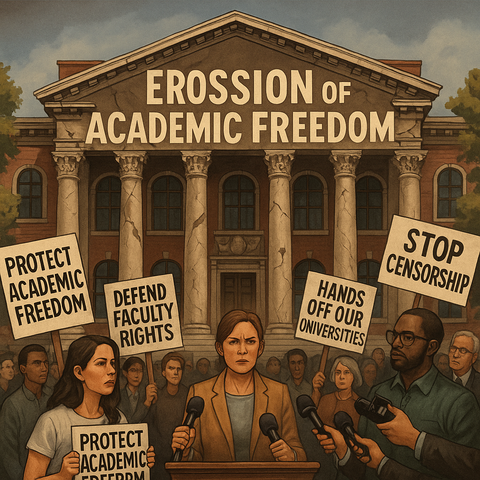The Crisis of Confidence: The Reasons Why International Students and Americans Are Refusing to Attend U.S. Higher Education
Input
Modified
The Erosion of Public Confidence in U.S. Higher Education\ Alternative Educational Opportunities Are Being Pursued by International Students Is It Possible for American Higher Education to Regain Its Reputation?

The Erosion of Public Confidence in U.S. Higher Education
A consistent erosion of public confidence has been a concerning trend in American higher education in recent years. In contrast to the 57% who expressed a strong level of confidence in higher education in 2015, only 36% of Americans currently do so, according to a Gallup poll. This decline is not limited to a single demographic; however, it is particularly pronounced among conservatives.
Republicans' confidence in universities has declined from 56% to 19%, suggesting that they are concerned about the growing liberal ideological bias on college campuses. Democrats have maintained a comparatively higher level of confidence; however, their percentage has decreased from 68% to 59%. Numerous critics argue that universities have ceased to function as impartial institutions of knowledge and have instead transformed into platforms for ideological and political disputes. This perception has led to a substantial number of Americans reevaluating the value of a college education and has incited skepticism.
The escalating cost of education is another substantial factor that contributes to the erosion of trust. The cost of tuition has consistently increased in recent decades, making higher education less accessible to middle-class and lower-income families. In the United States, student loan debt has expanded to over $1.7 trillion, and as a result, many graduates are struggling to see a return on their investment in an employment market that is becoming increasingly competitive. Given this, the skepticism regarding the value of a college degree is extending beyond ideological concerns and into economic realities. This point is further emphasized by the consistently declining enrollment rates of undergraduates at a number of universities, which have been unable to justify their costs to potential students and their families.
Additionally, concerns regarding academic freedom and administrative mismanagement have led to a decrease in public confidence in higher education. Many individuals are of the opinion that institutions are neglecting to provide students with the fundamental life and career skills they require, instead focusing on bureaucracy and profit-driven models. This has resulted in a growing number of young Americans investigating alternative educational pathways, including apprenticeships, online learning platforms, and vocational training, which provide a more direct route to employment at a significantly lower cost.
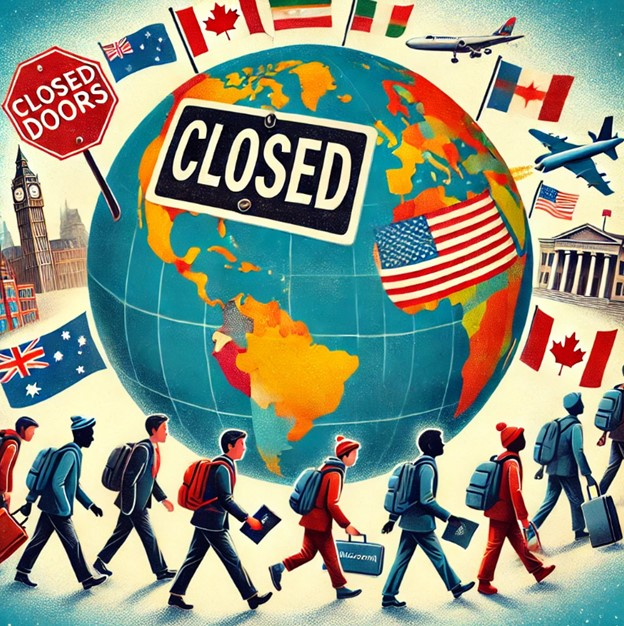
Alternative Educational Opportunities Are Being Pursued by International Students
The decrease in domestic confidence in U.S. universities is reflected in the increasing reluctance of international students to pursue their education in the United States. As per the 2019 Open Doors Report, the number of international students enrolled in U.S. institutions decreased for the third consecutive year in 2018/19. Although the total number of international students increased slightly, reaching 1,095,299 students, first-time enrollments decreased by 0.9%, suggesting that a smaller number of students are choosing the United States as their primary destination.
There are numerous factors that contribute to this trend. Initially, the hostile environment for international students was exacerbated by immigration policies and visa restrictions implemented by the Trump administration. Many individuals were motivated to investigate alternatives in other countries as a result of concerns regarding their employment prospects following graduation, which made the procedure of obtaining student visas more difficult for a significant number of persons. The common perception of the United States as an unwelcoming destination persisted, despite the expansion of Optional Practical Training (OPT) opportunities for STEM students, which enables them to work in the United States for a maximum of 36 months after graduation.
Additionally, numerous prospective pupils have been discouraged by the exorbitant cost of American education. While the United States has long been considered a premier destination for higher education, it is also one of the most expensive. Countries such as Canada, the United Kingdom, Australia, and Germany offer more appealing alternatives as a result of their reduced tuition fees, simplified visa procedures, and employment prospects following graduation. In emergent markets such as Bangladesh, Brazil, Nigeria, and Pakistan, student mobility is on the rise, and the United States is losing ground to these more affordable and accessible alternatives.
The political climate in the United States has also been a factor. In response to reports of increased xenophobia, racial tensions, and safety concerns, numerous students, particularly those from the Middle East and South Asia, have been compelled to reassess their study-abroad plans. For example, the King Abdullah Scholarship Program in Saudi Arabia, which used to provide funding for thousands of students to pursue their education in the United States, has been significantly diminished, resulting in a 16.5% decrease in Saudi student enrollment. U.S. universities have increased their recruitment efforts in critical international markets as a result; however, the challenge of reversing the downward trend remains substantial.
Additionally, the global competition for talent has escalated, as universities in Europe, Asia, and Canada are actively promoting their programs and providing international students with more favorable visa and employment policies. Additionally, certain of these nations have implemented policies that offer graduates a direct route to citizenship, rendering them more appealing options for students who are in search of long-term career opportunities abroad.
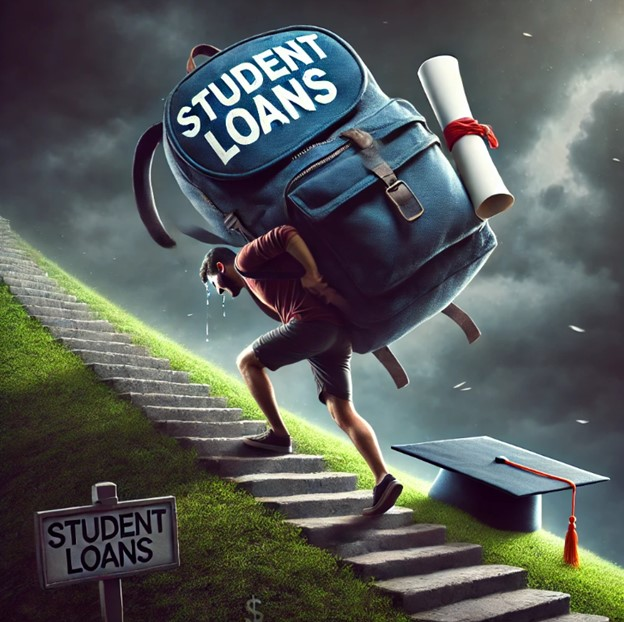
Is It Possible for American Higher Education to Regain Its Reputation?
At present, American universities are facing the challenge of regaining the trust of both domestic and international communities. Addressing the affordability crisis is a critical measure. Institutions must strive to reduce tuition costs, increase the number of scholarship programs, and guarantee that students receive a tangible return on their educational investment. Numerous universities are collaborating with industries to improve internship opportunities and employment placement programs, thereby increasing the value of a college degree in the long term.
Furthermore, universities are required to develop strategies that will help to reconcile the ideological difference. Although it is imperative to encourage academic discourse and free speech, it is also necessary for institutions to reestablish trust with conservative communities that are disenchanted by the current campus environment. The restoration of confidence in higher education as a platform for critical thinking and open debate can be achieved by ensuring a balanced curriculum that promotes diverse perspectives rather than ideological conformity.
Universities must work in conjunction with policymakers to alleviate visa restrictions and establish a more inclusive environment for international students. The United States will become more competitive with other study destinations by streamlining the visa process and offering distinct post-graduation employment opportunities. Universities must also prioritize safety and inclusivity, resolving concerns regarding racism and discrimination to ensure that students are respected and protected during their studies.
Furthermore, investing in alternative education models and technological advancements could provide novel approaches to entice students. Developing stronger industry partnerships, offering more affordable digital degree programs, and expanding hybrid and online learning options could help universities appeal to a broader and more diverse audience.
Nevertheless, the United States continues to maintain a robust global reputation in the field of higher education, as it is home to numerous top-ranked universities and research institutions. Nevertheless, in order to preserve its position as a global leader in education, the United States must adjust to evolving economic conditions, resolve political issues, and establish a more financially sustainable and inclusive system. American universities can only then begin to regain trust—both domestically and internationally—and establish themselves as the premier destination for higher education worldwide.


